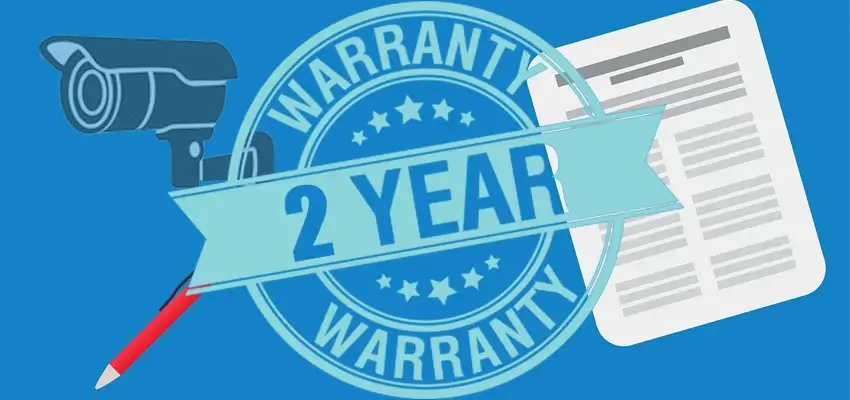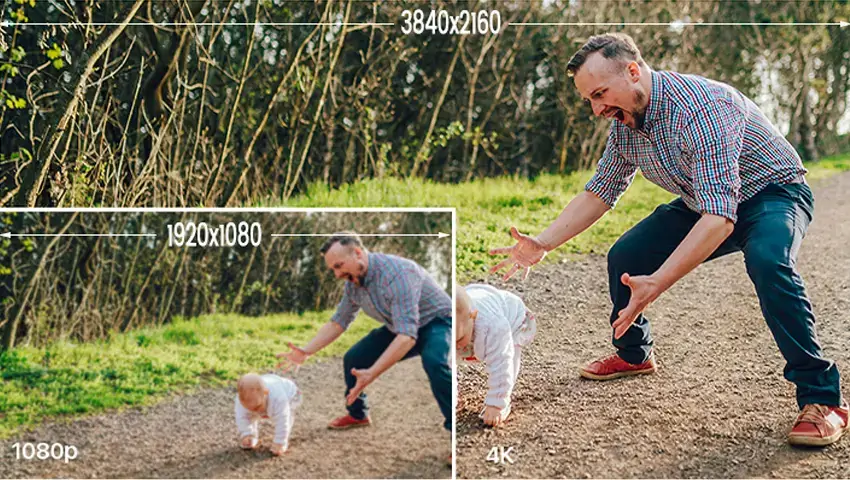As a leading security surveillance brand, we’re frequently asked: “Should I choose a higher megapixel camera or one with better resolution?” While these concepts are related, they’re not interchangeable. Understanding their differences will help you select the most suitable surveillance solution.
Contents
Core Concept Analysis
1. Megapixels
- Refers to the total number of pixels in an image sensor
- Calculation formula: Width (pixels) × Height (pixels) ÷ 1,000,000
- Example: A 4K (3840×2160) camera has approximately 8.3 megapixels
2. Resolution
- Describes the clarity and detail representation of an image
- Typically expressed in pixel formats (e.g., 1080p, 4K)
- Actual image quality also depends on lens quality, sensor size, and compression algorithms
3. Key Difference:
- Megapixels determine the “quantity” of image data
- Resolution reflects the “quality” of the final image
Does Higher Megapixels Always Mean Better Surveillance?
Not necessarily! While higher megapixel cameras (e.g., 8MP vs 4MP) can capture more detail, these critical factors must be considered:
1. Sensor Size is Crucial
- 12MP in smartphones ≠ 12MP in security cameras
- Security cameras typically feature larger sensors, significantly improving low-light performance
2. Lens Quality and Aperture
- Poor quality lenses will produce blurred or distorted images even with high megapixels
- Recommended: Choose large aperture lenses (e.g., f/1.6) to enhance night vision
3. Bandwidth and Storage Costs
- Higher megapixels mean larger file sizes
- Solution: Adopt smart encoding technologies like H.265 to save storage space
Device Selection Guide for Typical Surveillance Scenarios
1. Home Security Applications
- Recommended: 2-4MP (1080p-1440p)
- Advantage: Optimal balance between image quality and storage efficiency
2. Commercial Retail Surveillance
- Recommended: 4-8MP (1440p-4K)
- Advantage: Meets detail requirements for facial recognition
3. License Plate Recognition Systems
- Recommended: 8MP+ (4K or higher)
- Advantage: Ensures clear images even when zoomed
4. Low-Light Environments
- Recommended: 4MP with large sensor
- Advantage: Light sensitivity is more important than pure megapixel count
Technology Development Trends
- AI Super-Resolution Technology: Intelligently enhances image quality
- Multi-Lens Systems: Combines wide-angle + zoom for flexible monitoring
Professional Purchase Recommendation
For most users, a 4-5MP camera with high-quality lenses provides the best balance of image quality, storage efficiency, and low-light performance.
For more security technology insights, follow us!




